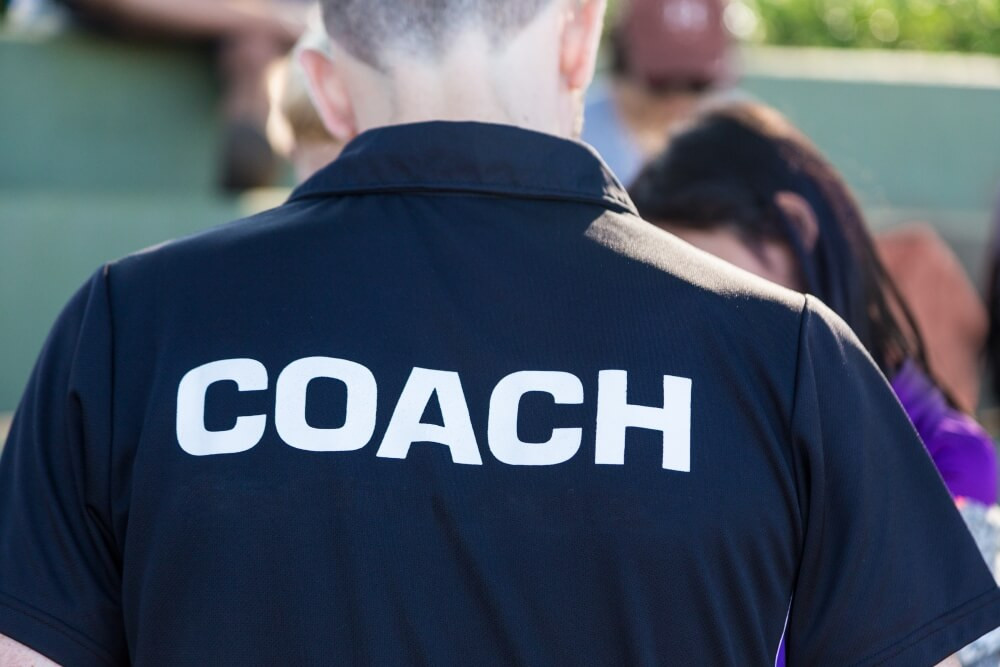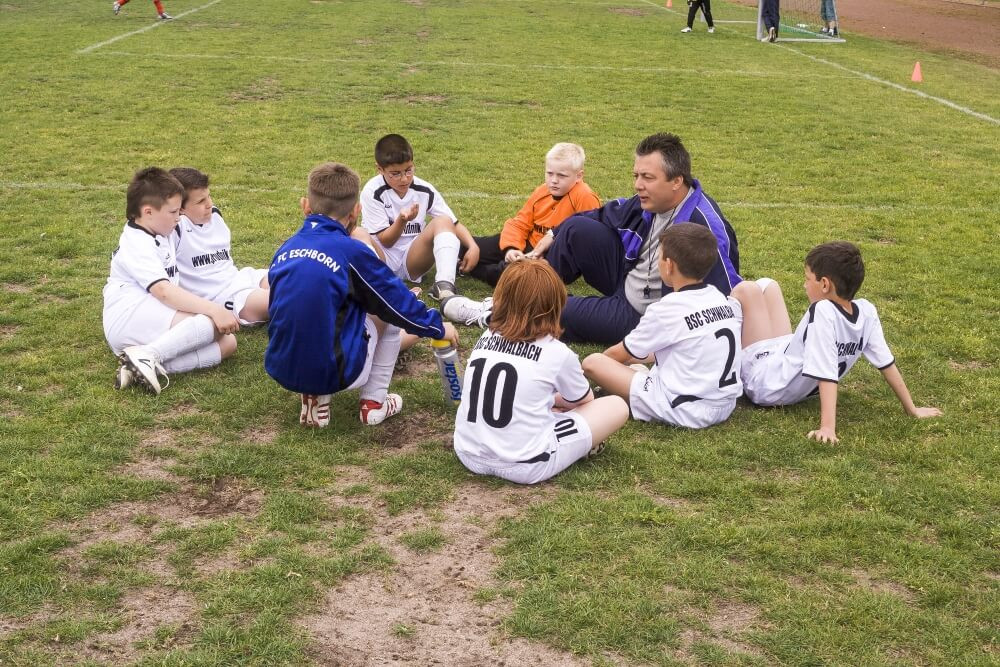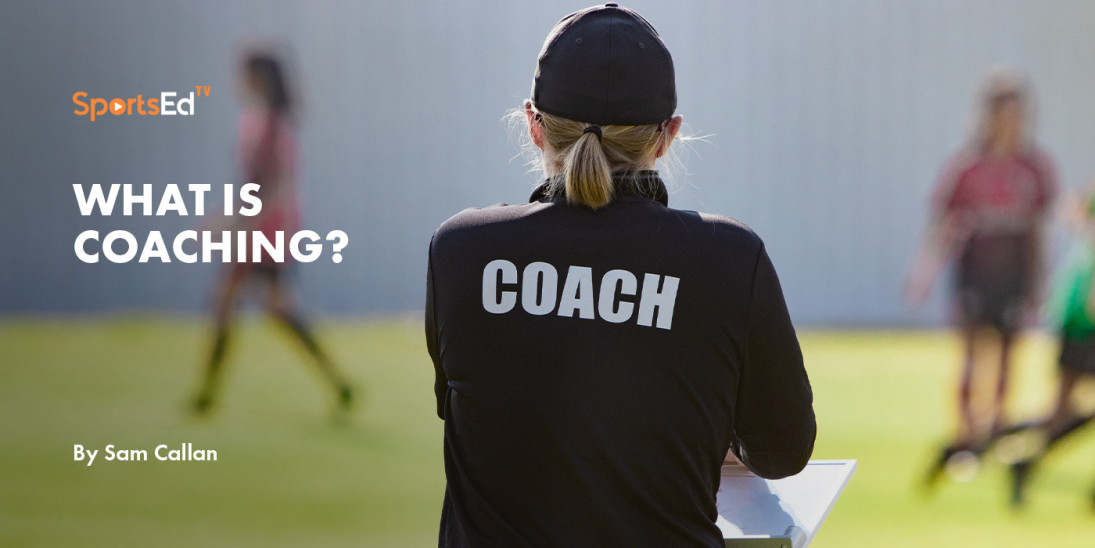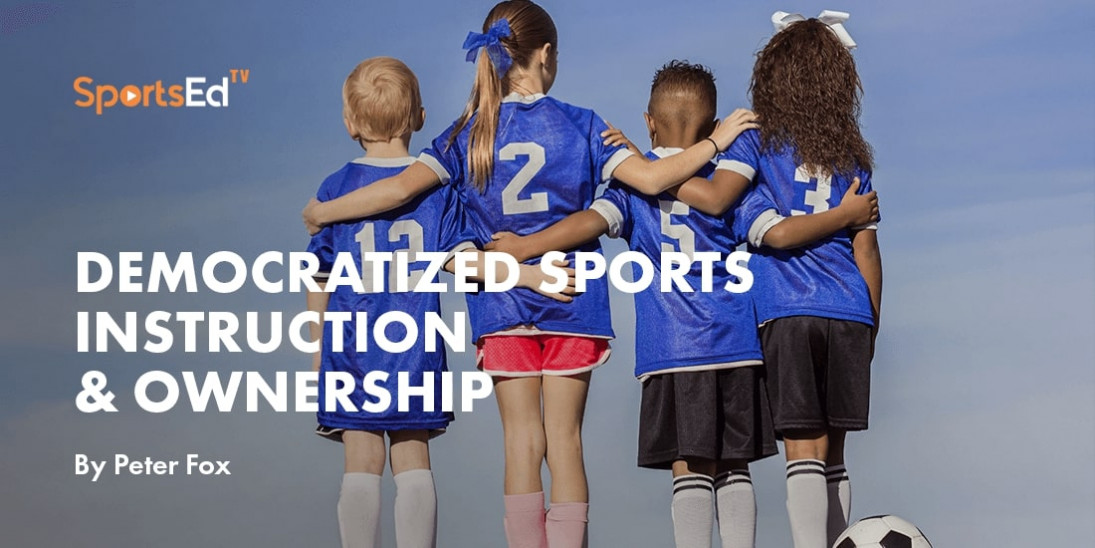Mental Health
Welcome and thanks for visiting...

Don’t Be a Child’s Last Coach

The belief that sport participation can play a positive role in youth and adolescent development is both an integral part of many sport program mission statements, as well as being a central reason why parents encourage their children to participate in these programs. But just what about the sport experience builds character, develops resiliency, shapes fitness and sport skills and contributes to long term well-being? Where exactly do all of the benefits come from?
Regardless of the sport type or level of play, an essential common denominator in supporting both a positive experience and positive long term athletic and overall development is the coach. Research has shown that a coach has the ability to make or break the sport experience for an athlete with negative coaching experiences contributing to athlete withdrawal from participation at a young age. While concerns over the impact that poor or bad coaching choices can have on developing athletes is an important topic, it is also important to explore things that help a coach have a positive impact on an athlete’s well-being and development.
When striving to be a positive role model and teacher for developing athletes, it is necessary to move beyond practice plan design to also consider ‘how’ you coach. As a starting point, consider the following:
- What is your why? Why exactly do you coach? More specifically, why are you coaching in your current context? What do you want your athletes to gain from their time with you? It can be easy to get caught up in personal ambitions or the competitive updraft of even the youngest levels of sport and lose sight of who the youth sport experience is supposed to be about – the youth. Starting off each season and even each practice with a clear understanding of your ‘why’ for working with this group of athletes. Use your ‘why’ as a daily filter for making decisions and when reflecting on your coaching actions to see if your actions are aligned with your motivation and intentions.

- Meet your athletes where they are, not where you want them to be. This means approaching each team, each athlete, and each practice with a fresh set of eyes. This means considering things like personal and unique motivation, learning background, and the acquired skills that support learning or that need to be developed. Shifting your coaching focus to how you can adjust your teaching and practice designs to meet athletes’ needs for learning is essential when working with developing athletes.
- Model the behavior you want to teach and those you expect to see in your athletes, even when you think they aren’t watching. This applies not only to how you interact with other coaches and officials on the field, but also off field and social media interactions as well. Even at the volunteer youth level, the role of coach carries clout both with athletes and within communities. How you treat others, how you handle frustration, and how you communicate will all be more visible due to the elevated role of being a coach.
- With limited practice time and looming competitions, it can be tempting to focus only on the physical and immediate parts of practice such as the drills, tactics and fitness work. This leave athletes with the impression that what they do in and out of practice are not related. Look for opportunities to make talking about healthy eating, proper hydration and adequate rest a part of your routine coaching conversations. Don’t forget to model these things as well.

- Set clear and consistent expectations for behavior as members of your team. Avoid lectures about ‘good’ and ‘bad’ behaviors and don’t assume that your athletes know where you stand. Talk about the standard of behavior you expect not only as athletes during practice but also as people. Be clear about your views on topics such as bullying and hazing as well as what you think it means to be a hard worker and a supportive teammate. Provide clear examples and be consistent with how you support and reward positive behaviors.
Coaching is a demanding yet rewarding endeavor. Having a positive impact on the short- and long-term development of your athletes comes from considering, planning for and consistently focusing on your actions and interactions as a coach during the many small moments that are a part of your routine interactions with your athletes. Taking time to consider ‘how’ you are approaching coaching, in addition to planning the ‘what’ of practice, provides the necessary foundation to create a positive learning environment that can support the positive growth expectations affiliated with youth sport.





